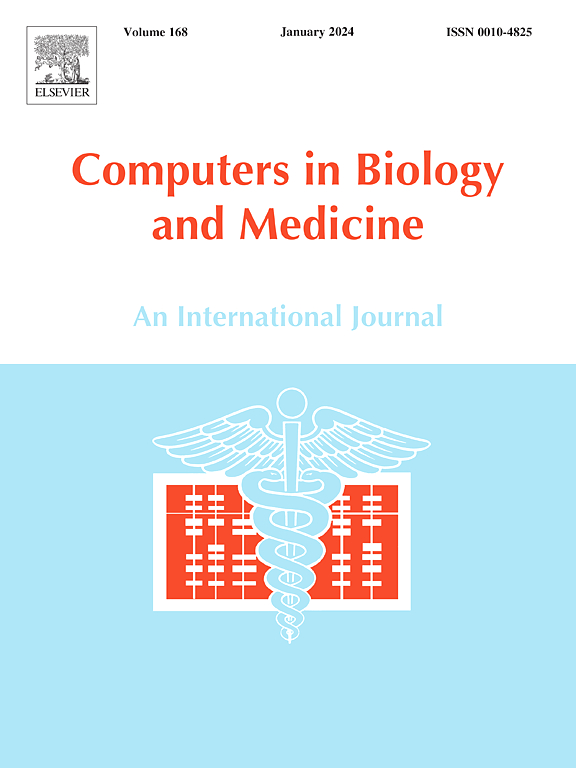Ensemble mutation and multi-population-driven differential evolution for numerical optimization and feature selection of breast cancer
IF 7
2区 医学
Q1 BIOLOGY
引用次数: 0
Abstract
Breast cancer stands as a critical health challenge for women worldwide, whose numbers continue to increase because of multiple complicating elements. The distribution of high-dimensional medical datasets creates an essential challenge for breast cancer diagnosis because it leads to reduced predictive model efficiency. This research develops an advanced version of the differential evolution (DE), named ensemble mutation and multi-population-driven differential evolution (EMMDE), for optimal feature selection. EMMDE unites multiple novel mechanisms that include population division and ensemble mutation rules, together with a time-varied geometrically diversified scheme to enhance the diversity in the population. The Gaussian binning approach creates a new guiding vector that enters the mutation rule to strike an equilibrium between exploration and exploitation, which promotes fast convergence and diverse population states. The first stage of the EMMDE testing employs standard and complex benchmark functions from the IEEE CEC2017 benchmark set, which demonstrates its outperform search ability. Later, the transfer function-based binary version is developed and validated over 10 benchmark datasets from the UCI repository and 4 datasets of breast cancer. Based on MCE and other performance metrics, it is experimentally verified that the proposed binary EMMDE algorithm achieves highly accurate and promising results for the feature selection problem. Comparison with 12 well-known and recent metaheuristics has demonstrated the impact of proposed strategies in dealing with diverse categories of numerical optimization and feature selection problems.
集合突变和多种群驱动的差异进化用于乳腺癌的数值优化和特征选择
乳腺癌是全世界妇女面临的重大健康挑战,由于多种复杂因素,其人数继续增加。高维医疗数据集的分布给乳腺癌诊断带来了重大挑战,因为它会降低预测模型的效率。本研究发展了一种高级版本的差分进化(DE),命名为集合突变和多种群驱动的差分进化(EMMDE),用于最优特征选择。EMMDE结合了多种新的机制,包括群体划分和集合突变规则,以及一个随时间变化的几何多样化方案,以增强群体的多样性。高斯分形方法通过引入突变规则,建立了一种新的导向向量,实现了种群的快速收敛和种群状态的多样化。第一阶段的EMMDE测试使用了IEEE CEC2017基准集的标准和复杂基准函数,证明了其卓越的搜索能力。随后,开发了基于传递函数的二进制版本,并在来自UCI存储库的10个基准数据集和4个乳腺癌数据集上进行了验证。基于MCE和其他性能指标,实验验证了所提出的二元EMMDE算法在特征选择问题上取得了很高的准确性和有希望的结果。通过与12种知名和最新的元启发式方法的比较,证明了所提出的策略在处理不同类别的数值优化和特征选择问题方面的影响。
本文章由计算机程序翻译,如有差异,请以英文原文为准。
求助全文
约1分钟内获得全文
求助全文
来源期刊

Computers in biology and medicine
工程技术-工程:生物医学
CiteScore
11.70
自引率
10.40%
发文量
1086
审稿时长
74 days
期刊介绍:
Computers in Biology and Medicine is an international forum for sharing groundbreaking advancements in the use of computers in bioscience and medicine. This journal serves as a medium for communicating essential research, instruction, ideas, and information regarding the rapidly evolving field of computer applications in these domains. By encouraging the exchange of knowledge, we aim to facilitate progress and innovation in the utilization of computers in biology and medicine.
 求助内容:
求助内容: 应助结果提醒方式:
应助结果提醒方式:


